by Ken Lopez
Founder/CEO
A2L Consulting
We talk a lot about storytelling in our A2L blog articles. Our books, webinars, and articles that are focused on storytelling -- like Storytelling for Litigators 3rd Ed., Storytelling as a Persuasion Tool, and 5 Elements of Storytelling and Persuasion -- are among our most popular.
We believe that effective storytelling is central to winning cases, and we've talked about the kind of results you can get when storytelling is used well in $300 Million of Litigation Consulting and Storytelling Validation and Patent Litigation Graphics + Storytelling Proven Effective: The Apple v. Samsung Jury Speaks.
We've also written several times about how to structure a good story or opening statement for trial in articles like How to Structure Your Next Speech, Opening Statement or Presentation, Portray Your Client As a Hero in 17 Easy Storytelling Steps, The Top 14 TED Talks for Lawyers and Litigators 2014, and 5 Keys to Telling a Compelling Story in the Courtroom. However, there are many ways to put together an effective story, and the format matters a great deal.
I had the pleasure of seeing the popular speaker, author, and friend of A2L, Dan Pink, present recently at a marketing conference. Dan has written extensively on the social science behind the sales process, the real nature of human motivation, and the future of American business. Part of the talk that I heard at the conference was about storytelling. More specifically, Dan focused on the oft-discussed, highly successful Pixar storytelling format.
If you have not heard about this format before, it's worth learning. After all Pixar is just about the only movie studio that can make us care deeply about an animated character, whether a fish, a robot, or a kids’ toy. And we certainly want our factfinders to care about our clients the way we all cared about Andy saying goodbye to his toys or what happens when Wall-E is reset and is brought back by his robot girlfriend. But how does this work -- especially when our clients are multi-billion dollar companies, hardly the most sympathetic creatures?
As Dan pointed out, Pixar follows a relatively simple storytelling format, and it is one you can use in your next trial to achieve fantastic storytelling for the courtroom results. The format appears in the first image in this article.
It's pretty simple. Every Pixar film follows this format, and there is hardly anything simple about those plot lines - especially how they make us feel. In case you're reading this in a text-only format, it is:
Once upon a time there was _________. Every day, _________. One day _________. Because of that, _________. Because of that, _________. Until finally _________.
It's a format that could be used for any opening statement, minus the “once upon a time” part, of course. Here's how Dan put together a series of slides to illustrate this point about blogging at the conference I attended.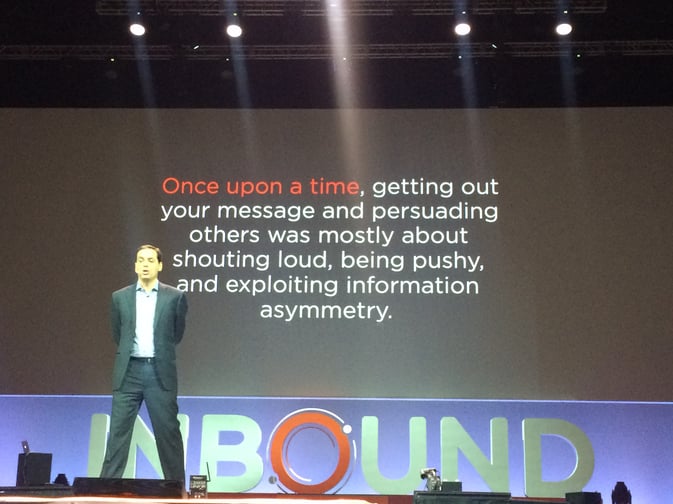
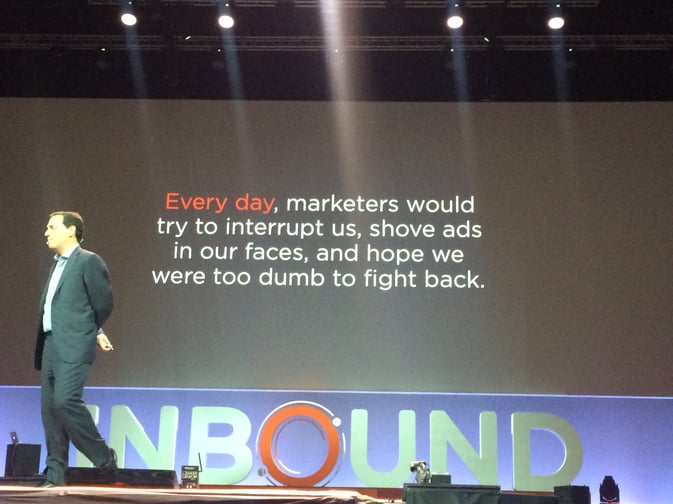
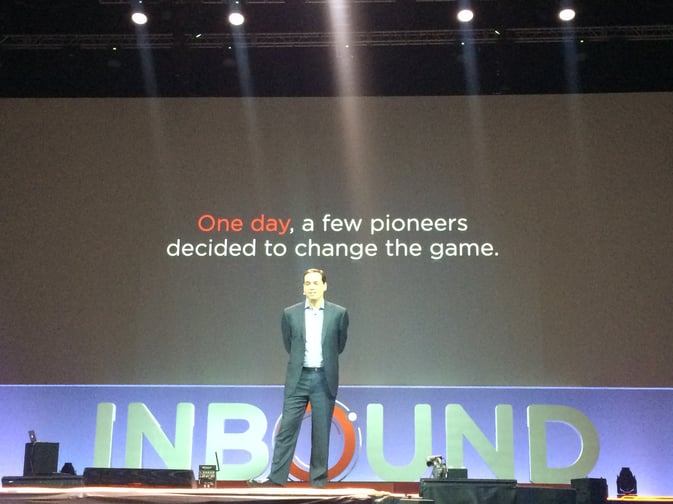
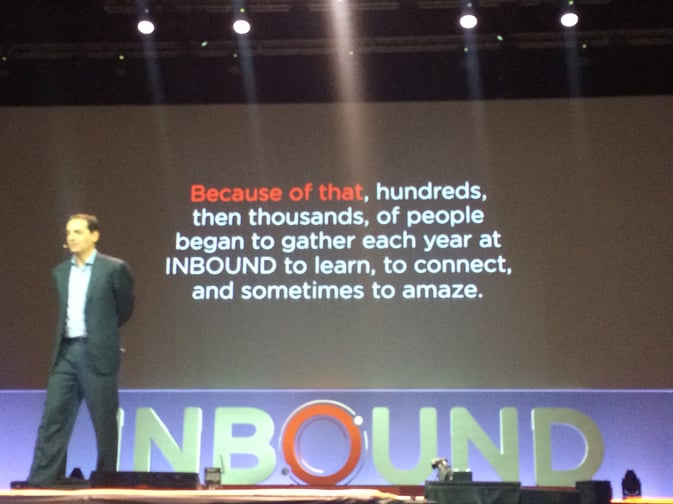
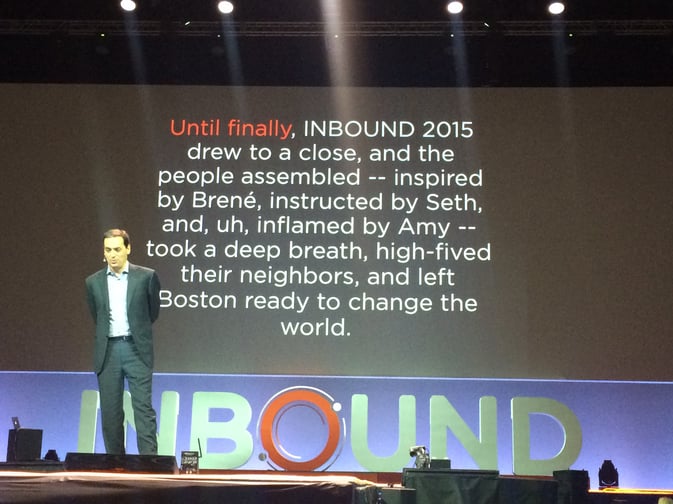






Leave a Comment